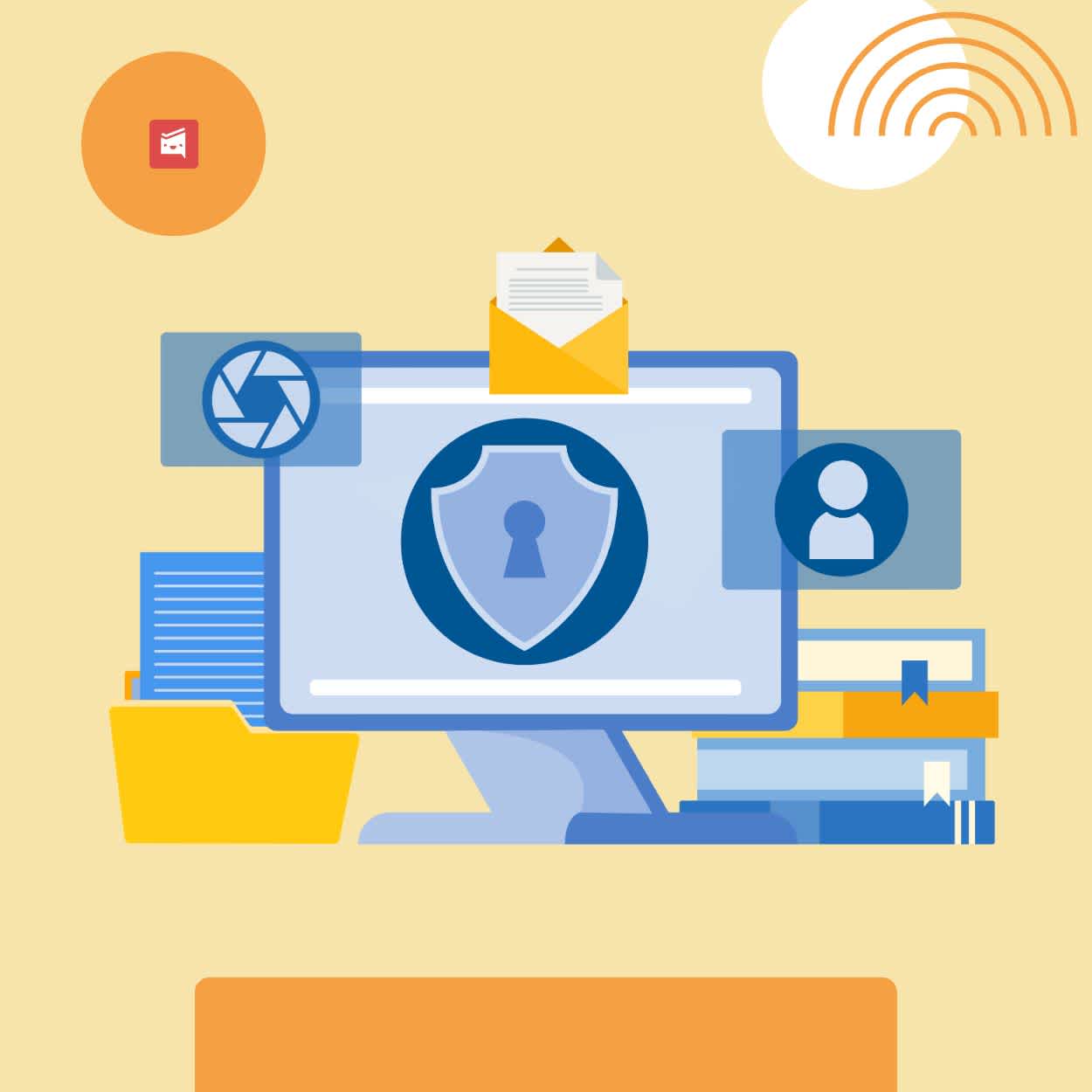7 Ways to Empower Employees to Protect Their Data
ByJulian Gette
Workast publisher

Workast publisher
Data breaches are no longer distant worries that happen to other companies. They are real and potent threats that can cripple any business, regardless of size. Traditionally, the onus of cybersecurity falls squarely on the shoulders of IT departments; however, this approach no longer aligns with the complex, mobile, and digital workforce settings of today. Your employees, whether they know it or not, are the first line of defense against data compromise. It's a shared responsibility—an ecosystem—between people and technology.
To safeguard your business and its assets, empowerment is key. Empowered employees are not only more vigilant but are often more innovative in their approach to identifying and dealing with cyber threats. In this article, we explore seven powerful ways to ensure your employees are actively engaged in data protection.
It all starts with knowledge. Employees must understand what data is valuable, how it needs to be handled, and what threats look like. Regular training sessions, whether in person or online, should be the norm in your organization.
Begin by fostering a culture of data security. Make sure every employee knows that data is a collective asset that must be protected. Give them practical examples and encourage questions and discussion.
Training should be formalized and recurring. Set up quarterly or bi-annual training schedules that cover the latest in data security best practices, including how to identify phishing emails, spot malware, and the importance of secure network connections.
Password complexity is the first barrier to unauthorized access. Encourage strong password policies and consider implementing tools that simplify the management of complex passwords.
Your password policy should discourage familiar patterns and encourage the use of passphrases. For instance, 'GreenEggs&HamIsMy1stBook!' is a stronger password than 'P@ssw0rd123.'
To make managing complex passwords easier, provide password manager tools for employees. These powerful pieces of software can automatically create, store, and recall password credentials for various applications and websites, making it less likely that employees will compromise security for convenience.
In the event of a data leak or theft, encrypted data can remain secure. It's an essential practice, especially for data in transit or sensitive information stored on portable devices.
All sensitive company data should be encrypted. This includes intellectual property, personal information, and financial data. When it's encrypted, it’s significantly harder for hackers to read, even if they manage to steal it. In situations where sharing personal details is necessary, using temporary or masked contact information can further protect employee privacy. To avoid sharing real numbers directly, try using the fake phone number generator of SmartToolsAI which helps enhance privacy and limit exposure to potential breaches.
Encourage the use of secure messaging and email platforms for all sensitive business communications. Tools like PGP (Pretty Good Privacy) can provide end-to-end encrypted emails, which protect the content from being read by any third-party communication interceptor.
Not all employees need access to all data. Structuring access according to job responsibilities is a basic but critical step in data security.
Create a clear hierarchy of access. Only give employees the access they need to do their job—no more. This minimizes the risk of accidental or malicious data compromise.
Multi-factor authentication (MFA) provides an additional layer of security. Even if a password is compromised, a second authentication factor is required to log in, serving as a reliable safeguard.
Software manufacturers are constantly finding and resolving security vulnerabilities. Regular updates ensure that your systems are equipped with the latest security patches.
Obsolete software is a security liability. Regular updates and software upgrades are necessary to keep your systems secure and resilient against evolving cyber threats.
Tools exist that can automatically alert your team when updates are available. Use these to make keeping software current as easy as possible for your employees.
Sometimes, despite your best efforts, a breach or incident occurs. Knowing what to do in these cases is crucial. An incident response plan outlines the steps to be taken in the event of a breach.
Work with your IT team to develop a detailed response plan. It should include a step-by-step guide of what employees need to do, who to contact within the organization, and what external resources are available.
With a response plan in place, practice makes perfect. Regular drills simulate real-world scenarios and prepare your employees to act swiftly and accurately in the event of an incident.
Finally, recognize that cybersecurity is an industry of specialists. Collaborate with professional cybersecurity firms to strengthen your business's defenses further. Furthermore, on the Incogni website, you can read more about which types of services professionals usually offer. That way, you can get an idea of what areas may need more reinforcement.
An established firm can help you set up robust security measures and provide ongoing support and expertise, tailored to your organization’s needs.
Cybersecurity training, phishing simulations, and anti-identity theft services are available through many professional cybersecurity companies. These additional services can further equip and empower your employees to protect the business's data.
While IT professionals can manage and monitor your systems, the responsibility of data protection ultimately lies with every individual in the company. Empowering employees to own their role in data security not only reduces the risk of data breaches but also fosters a more engaged and aware workforce.
In a world where data is at the core of business operations, safeguarding it should also be at the foundation of your organization’s culture. By implementing the strategies outlined above, you can move towards creating an empowered workforce that protects the data it uses. This not only strengthens your cybersecurity profile but also leads to a sense of ownership and pride among your employees, contributing to better job satisfaction and ultimately, improved productivity. Remember, when it comes to data protection, it truly is a team effort.
In the end, cybersecurity is not a problem that can be solved by technology alone—it's a challenge that requires teamwork, vigilance, and a commitment to continuous learning and improvement. Start empowering your employees today and pave the way for a more secure digital future for your business.

